Tripatini
the world's smartest travel social network
Getting to Know the Masaai People of Kenya/Tanzania
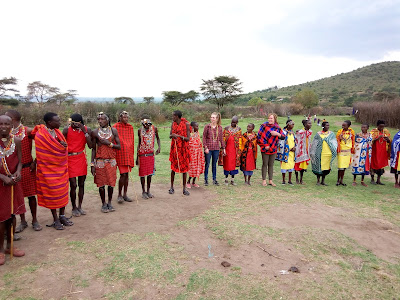 |
The Maasai (also spelled Masai) are is a unique and popular tribe due to their distinctive, long preserved culture. Despite education, civilization and western cultural influences, the Maasai people have clung to their traditional way of life, making them a symbol of Kenyan culture.
 |
| Making a fire. |
Maasai's distinctive culture, dress style and strategic territory along the game parks of Kenya and Tanzania have made them one of East Africa's most internationally famous tourist attractions. They reside in both Kenya and Tanzania, living along the border of the two countries. They are a smaller tribe, accounting for only about 0.7 percent of Kenya's population, with a similar number living in Tanzania. Maasais speak Maa, a Nilotic ethnic language from their origin in the Nile region of North Africa.The Samburu tribe is the closest to the Maasai in both language and cultural authenticity.
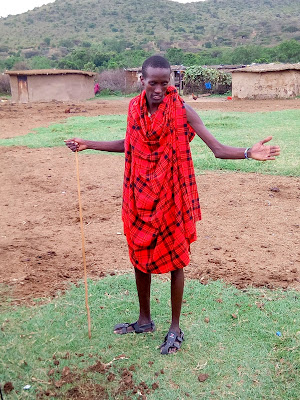 |
| Maasai warrior |
It is thought that the Maasai's ancestors originated in North Africa, migrating south along the Nile Valley and arriving in northern Kenya in the middle of the 15th century.
 |
They continued southward, conquering all of the tribes in their path, extending through the Rift Valley and arriving in Tanzania at the end of 19th century. As they migrated, they attacked their neighbors and raided cattle. By the end of their journey, the Maasai had taken over almost all of the land in the Rift Valley as well as the adjacent land from Mount Marsabit to Dodoma, where they settled to graze their cattle.
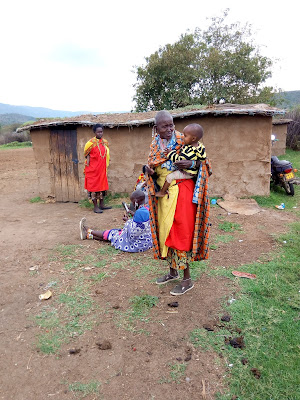 |
| Masai women |
Tragedy struck the Maasai tribe at the turn of the century. An epidemic of deadly diseases attacked and killed large numbers of the Maasai's animals. This was quickly followed by severe drought that lasted years.
 |
| Manyatta |
Over half of the Maasai and their animals perished during this period. Soon after, more than two thirds of the Maasai's land in Kenya was taken away by the British and the Kenyan government to create both ranches for settlers and Kenya and Tanzania's wildlife reserves and national parks.
Maasai Culture
The Amboseli National Park, Nairobi National Park, Masai Mara Game Reserve, Samburu, Lake Nakuru, and Tsavo National Parks in Kenya and the Manyara, Ngorongoro, Tarangire and Serengeti parks in Tanzania all stand on what was once the territory of the Maasai tribe.
Today the Maasai people live on a smaller piece of land in the Kajiado and Narok districts, surrounded by these now fine game reserves. Many practice nomadic pastoralism, while others have been absorbed into modern day jobs working in tourism where they showcase their culture to visiting tourists.
The warrior is of great importance as a source of pride in the Maasai culture. To be a Maasai is to be born into one of the world's last great warrior cultures. From boyhood to adulthood, young Maasai boys begin to learn the responsibilities of being a man (helder) and a warrior. The role of a warrior is to protect their animals from human and animal predators, to build kraals (Maasai homes) and to provide security to their families.
Through rituals and ceremonies, including circumcision, Maasai boys are guided and mentored by their fathers and other elders on how to become a warrior. Although they still live their carefree lives as boys - raiding cattle, chasing young girls, and game hunting - a Maasai boy must also learn all of the cultural practices, customary laws and responsibilities he'll require as an elder.
An elaborate ceremony - eunoto - is usually performed to "graduate" the young man from their moran and carefree lifestyle to that of a warrior. Beginning life as a warrior means a young man can now settle down and start a family, acquire cattle and become a responsible elder. In his late years, the middle-aged warrior will be elevated to a senior and more responsible elder during the oolng'eshere ceremony.
Maasai children enter into a system of "age-sets" with peers where various life stages, such as circumcision, are marked with ritual and ceremonies. At the age of 14 girls were traditionally initiated into adulthood through an official circumcision ceremony known as emorata.
Presently, the female circumcision ritual is outlawed in Kenya and its use is diminishing from the Maasai women's culture. Young Maasai girls are still taught other functional roles like how to build houses, make beadwork, and cook and clean their homes, by their mothers and older women. When they come of age, their parents "book" a warrior from a respectable clan as an appropriate husband for their daughter.
Videos
Groups
-
India
173 members
-
Tour Operators
873 members
-
Ireland
93 members
-
South Dakota
17 members
-
Azerbaijan
17 members
-
Shopping the World
55 members
-
Tech for Travel/Hospital…
87 members
-
Andorra
26 members
-
Online Corner
75 members
-
Minnesota
22 members
-
Backpackers & Hostels
84 members
-
Portugal
60 members
-
Turks and Caicos
26 members
-
Agritourism/Farmstays
72 members
-
Zambia
21 members
© 2025 Created by EnLinea Media.
Powered by
![]()
Badges | Report an Issue | Privacy Policy | Terms of Service
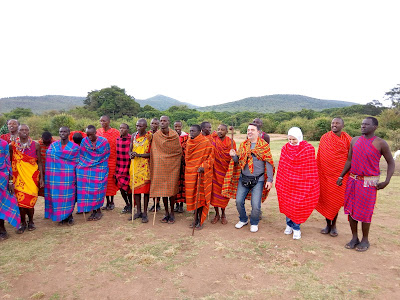
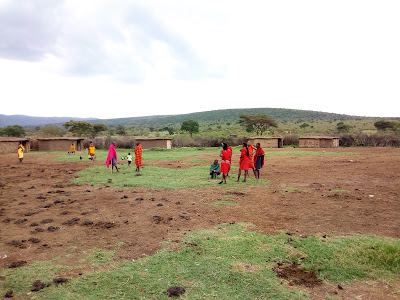

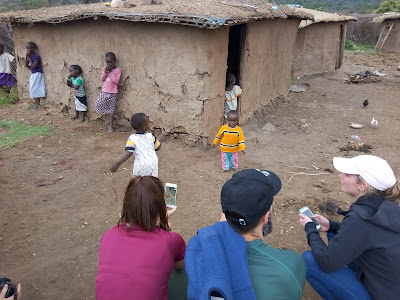

You need to be a member of Tripatini to add comments!
Join Tripatini